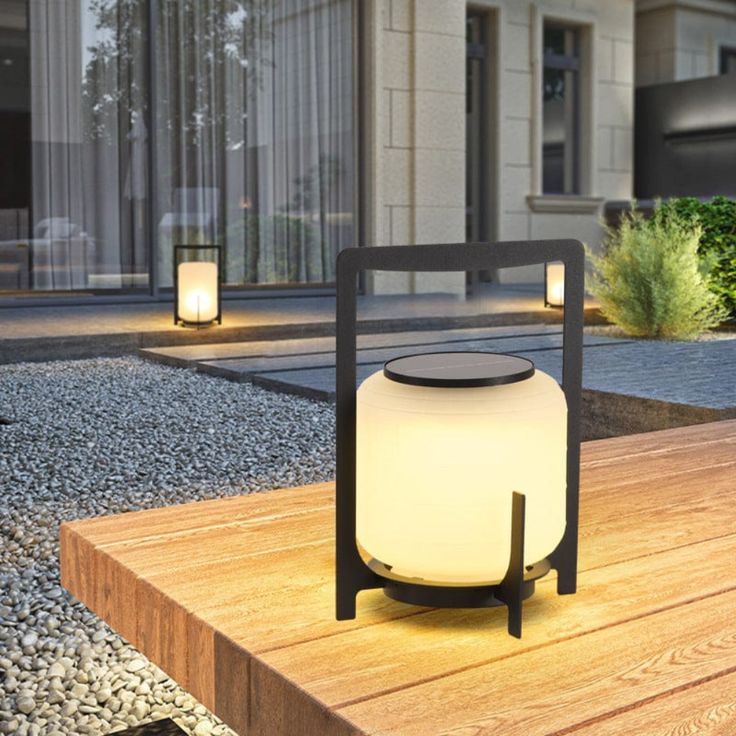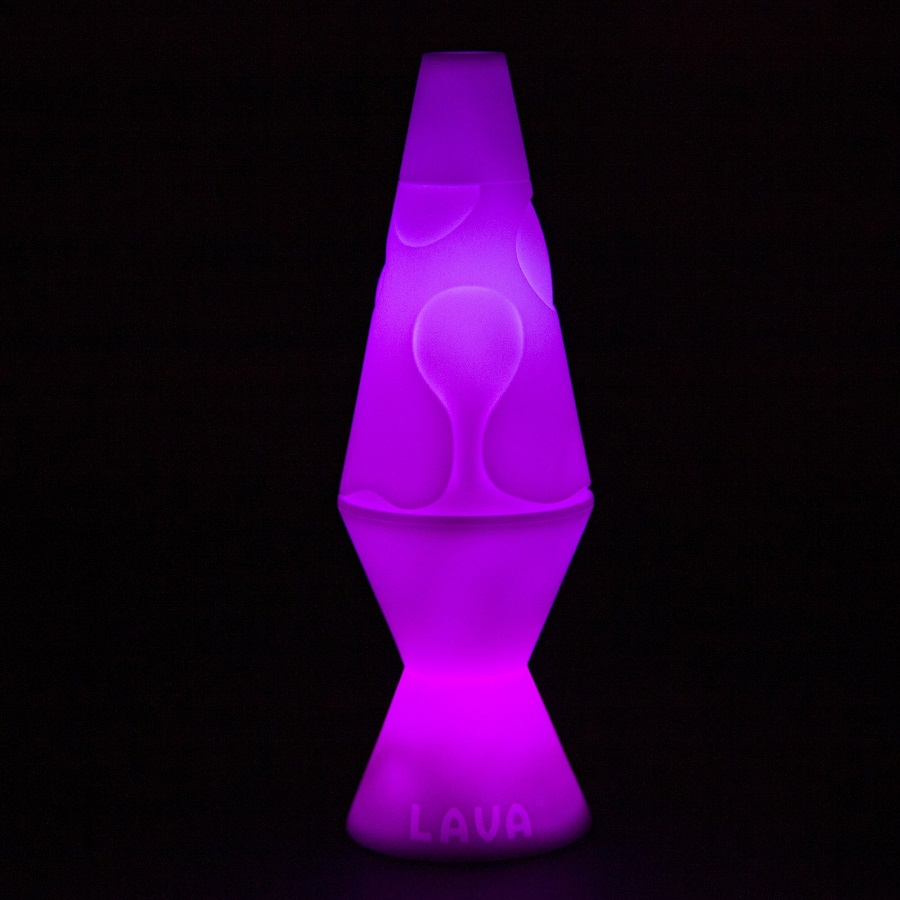 Introduction:
Introduction:
Chandelier height is an important aspect to consider when it comes to lighting design and interior aesthetics. The proper height of a chandelier can greatly impact the overall look and feel of a space. Whether it’s for a dining room, foyer, or living area, understanding the appropriate chandelier height is key to achieving the desired ambiance and functionality.
Factors Affecting Chandelier Height:
1.1 Ceiling Height: The height of your ceiling is a crucial factor in determining chandelier height. Rooms with higher ceilings generally allow for more flexibility in hanging chandeliers, while lower ceilings may require adjustments to ensure proper clearance and visual balance.
1.2 Room Purpose: The purpose of the room also plays a role in chandelier height. Different spaces, such as dining rooms or foyers, may call for specific heights to achieve optimal functionality and aesthetics.
1.3 Room Size: The size of the room should be considered when determining chandelier height. A large room may require a larger chandelier or a cluster of chandeliers to maintain visual balance, while a smaller room may benefit from a smaller, more proportionate chandelier.
Chandelier Height Guidelines for Different Room Types:
Dining Room:
The bottom of the chandelier should typically hang between 30 to 36 inches above the dining table surface.
This range provides proper lighting for the table while ensuring that the chandelier doesn’t obstruct sightlines across the table.
Adjustments can be made based on personal preference and the size of the dining table.
Foyer/Entryway:
The height at which a chandelier should hang in a foyer or entryway depends on the ceiling height and available space.
A general guideline is to have at least 7 feet of clearance from the floor to the bottom of the chandelier.
This ensures that individuals can walk comfortably beneath it without the risk of head collisions.
Living Room/Great Room:
Chandelier height in a living room or great room can vary based on ceiling height and desired visual impact.
The chandelier should be hung high enough to avoid head collisions while still making a visually appealing statement.
Consider the overall proportions of the room and the size of the chandelier in relation to other furniture and décor.
Customizing Chandelier Height:
While there are general guidelines to follow, chandelier height can be customized based on personal preferences and specific room characteristics.
Experimenting with different heights during the installation process can help determine the ideal placement for your chandelier.
It’s important to maintain a visual balance, ensure proper illumination, and consider any architectural features or obstacles in the room.
Additional Considerations:
Installing a dimmer switch allows for flexibility in controlling the chandelier’s brightness, creating various moods and ambiance.
If unsure about chandelier height or electrical connections, consulting a professional electrician or lighting designer can provide expert guidance and ensure safety.
Here is a step-by-step guide on how to install a chandelier according to standard procedures:
Turn Off Power: Before starting any installation, turn off the power to the circuit where the chandelier will be installed. This can be done by switching off the circuit breaker or using the light switch to turn off the power supply.
Assemble the Chandelier: Follow the manufacturer’s instructions to assemble the chandelier. This may involve attaching the arms or branches, connecting the wiring, and installing any additional components.
Mount the Ceiling Bracket: Install the ceiling bracket or canopy according to the manufacturer’s instructions. This bracket securely holds the weight of the chandelier and provides a stable base. Ensure that it is properly aligned and securely attached to the ceiling.
Connect the Wiring: Carefully connect the electrical wiring of the chandelier to the corresponding wires in the junction box on the ceiling. Follow proper electrical wiring techniques, such as matching the wire colors (e.g., black to black, white to white, and green or copper to the ground).
Secure the Chandelier: Lift the chandelier and hang it onto the ceiling bracket or canopy, aligning the mounting screws or hooks. Ensure that the chandelier is level and properly supported. Use a screwdriver or appropriate tools to tighten the mounting screws or hooks securely.
Install Light Bulbs: Install the appropriate light bulbs as recommended by the manufacturer. Make sure to follow any wattage restrictions or specifications for the chandelier.
Restore Power and Test: Once the chandelier is securely installed, restore the power to the circuit by flipping the circuit breaker or turning on the light switch. Test the chandelier to ensure it is functioning properly.
Remember, if you are not experienced with electrical work, it is recommended to hire a licensed electrician to handle the installation process for safety reasons.
For cleaning, maintenance, and repairs, here are some general guidelines:
Cleaning: Regularly dust the chandelier using a soft, lint-free cloth or a feather duster to prevent dust and debris buildup. If necessary, use a non-abrasive cleaning solution specifically designed for chandeliers or delicate surfaces. Follow the manufacturer’s instructions for cleaning and avoid excessive moisture.
Maintenance: Periodically inspect the chandelier for loose or damaged parts, such as screws, crystals, or wiring. Tighten any loose screws and replace any damaged components. Follow the manufacturer’s recommendations for maintenance tasks, such as lubricating moving parts or replacing worn-out bulbs.
Repairs: If the chandelier requires professional repairs or servicing, contact a qualified electrician or chandelier specialist. They have the expertise to diagnose and address any electrical or mechanical issues that may arise. Avoid attempting complex repairs yourself, as it may pose safety risks or void warranties.
Overall, regular maintenance, cleaning, and necessary repairs will help preserve the chandelier’s appearance, functionality, and safety. Follow the manufacturer’s instructions and consult professionals when needed.
Conclusion:
Chandelier height is a critical component of lighting design and interior aesthetics. By considering factors such as ceiling height, room size, and purpose, you can determine the ideal height for your chandelier. Following general guidelines while customizing to suit your preferences will help achieve a visually appealing and well-lit space. Remember, chandeliers are not just sources of light but also statement pieces that can enhance the overall style and ambiance of any room. With the proper chandelier height, you can create a stunning focal point and transform your space into an inviting and harmonious environment.






